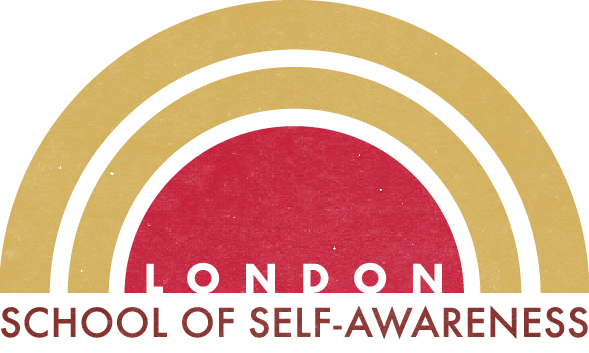By Peter Lesniak
There have been some discussions regarding the broader implications of nature in our social context that are, perhaps, difficult to observe in the way that we are used to. One of such implications comes thanks to reciprocal action, otherwise known as causality.
What is causality?
Causality, or the Law of Cause and Effect is a natural law governing all existence. Put simply, for every outcome in your life there is a specific cause. Causality is what gave rise to the well know ‘law of attraction’ and what has probably inspired Yuri Kochiyama’s famous quote “Life is not what you alone make it. Life is the input of everyone who touched your life and ever experience that entered it. We are all part of one another.”
How is this related to trees in our environment?
As we already know, presence of trees has a positive impact on mental, emotional and physical health of people their vicinity. These effects can themselves become causes in people to manifest progressive social behaviour, whether they are aware of it or not. For example, an improved mood thanks to a walk in the park may cause a barista to be more pleasant to her customers. A small, yet pleasant exchange such as this can hold the power to change the course of someone’s day. Like this, in a simple way, a chain reaction can perpetuate from a small green space, or even a single tree, an infinite number of times throughout its lifetime. As such, our hypothesis is that presence of many trees can act as a ‘factor of change’ within our communities.
Can the effects be measured?
The answer is yes and no. The beauty and difficulty lies in the fact that we are all unique, and each one of us express ourselves in different ways connected with our experiences and upbringing. Also, our psychological lives are for too complex to pinpoint exactly where the good intentions derived from; a fast recovery from an injury due to presence of nature may itself be a cause of a good deed, or perhaps it may contribute towards it in ways only the individual may know. One possible way to explore this is through self-awareness; try to begin to notice the subtle impacts nature has on your moods and thought, and how those in turn influence your relationship with the world. It is fair to assume then that nature can affect others in a similar way, but this can also be observed with a little attention.
Who benefits most?
Urban tree planting can be recognized as an investment into the city, as well as an act of kindness towards its residents. And yet among all those who reap the benefits, there are those who benefit ‘twice’. In the words of Patrizio Paoletti, an Italian influencer and mentor – “an act of kindness affect us before it affect the other; when it reaches the other, its effects are multiplied”. Those who initiate change benefit from the action long before it can impact the others. When others benefits, kindness is expressed through reciprocal action, and, like a ripple effect, kindness is multiplied.
This is the 3rd article related to the More Trees Campaign launched by three of our members. There is a relationship between creating a positive inner environment and having awareness of a healthy outer enviroment.
© Photo credits by https://unsplash.com/@alinnnaaaa



